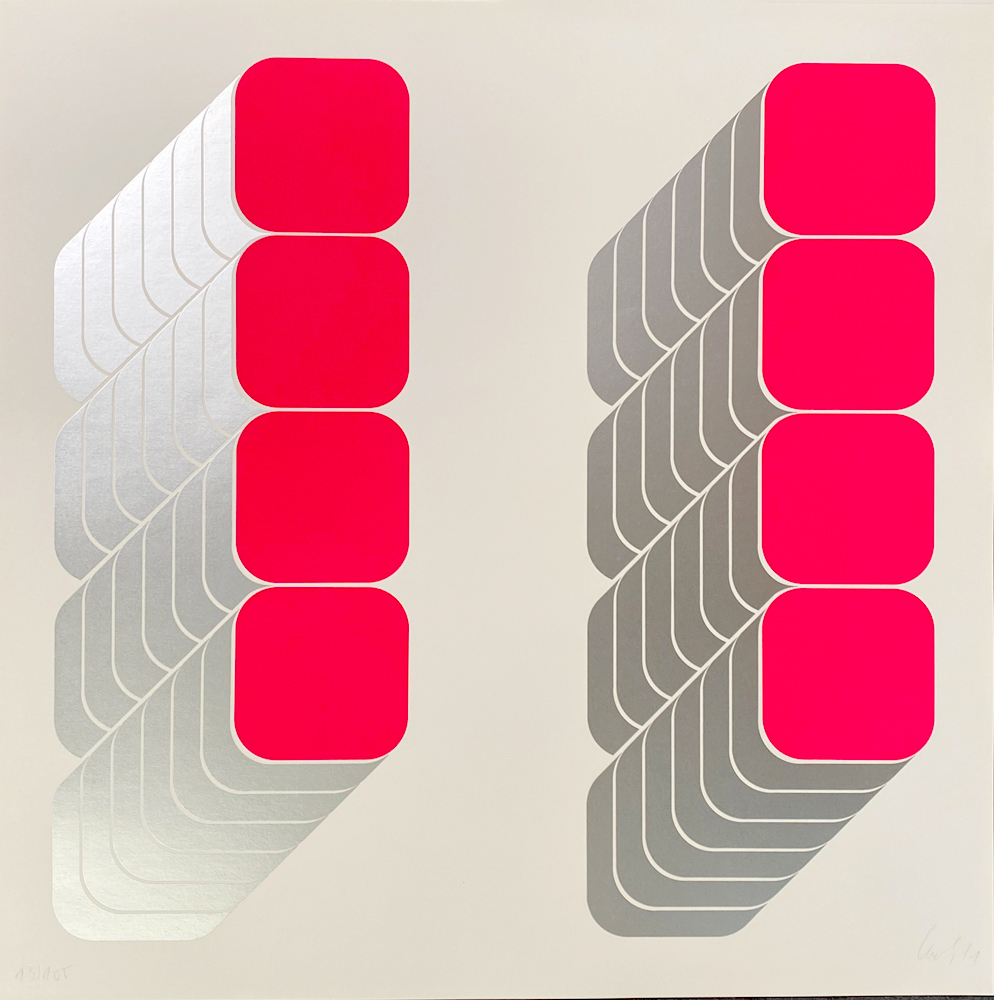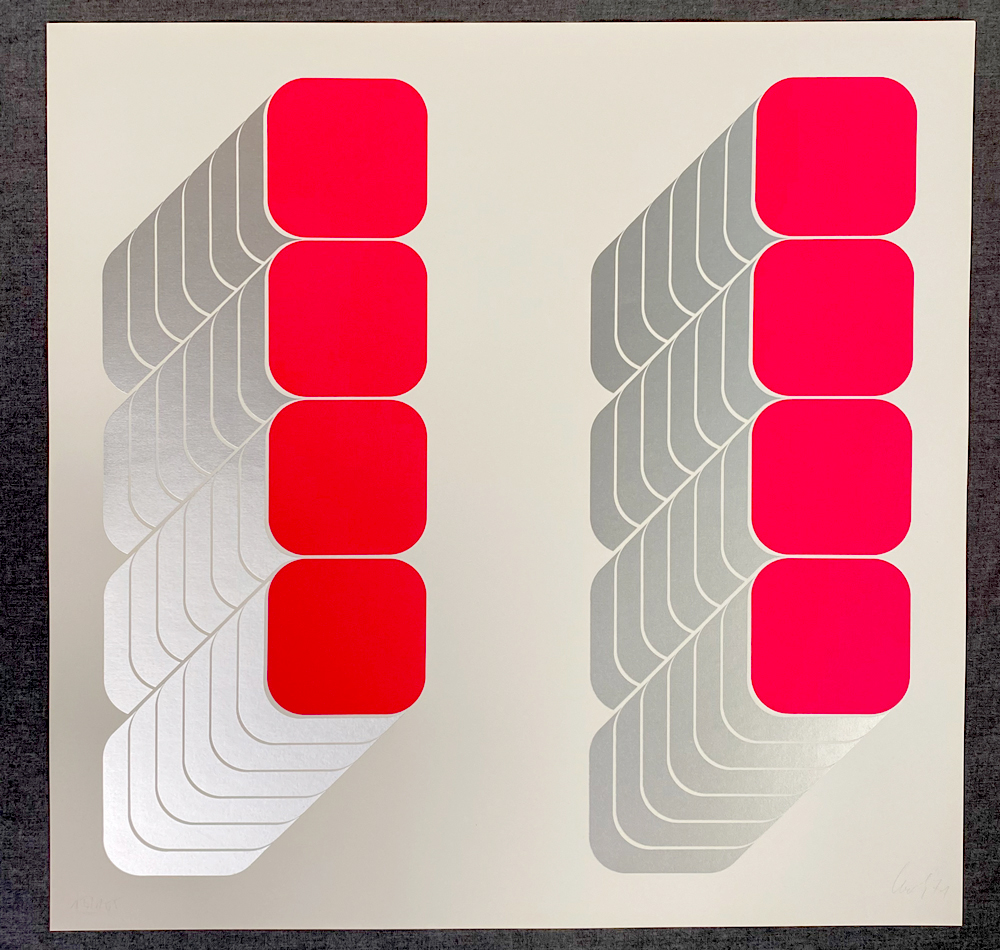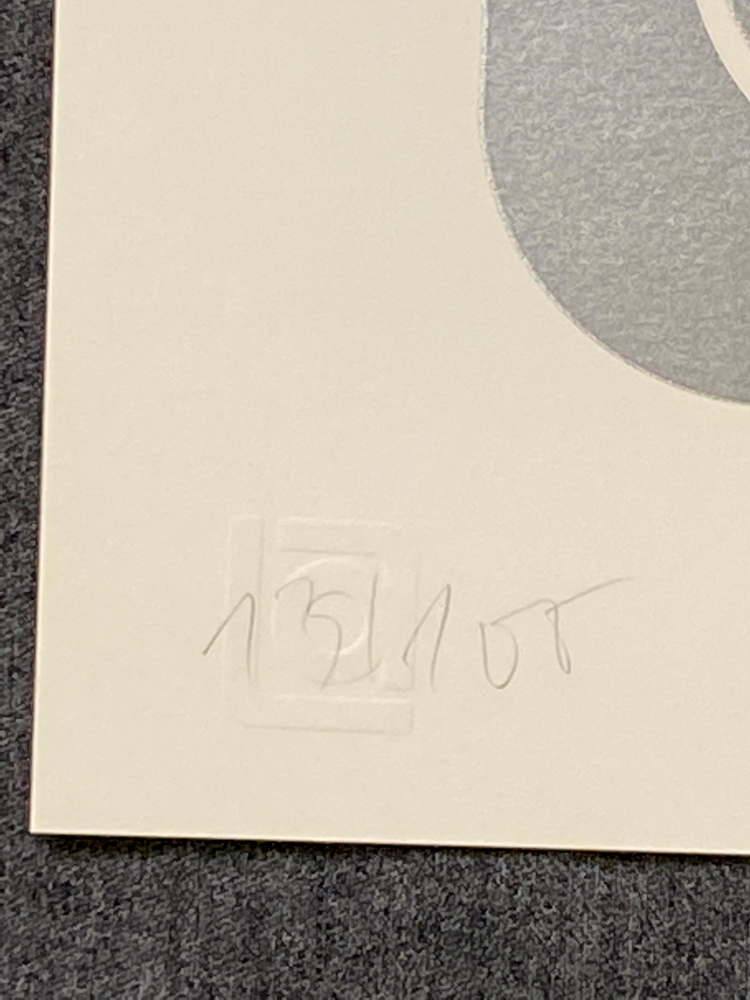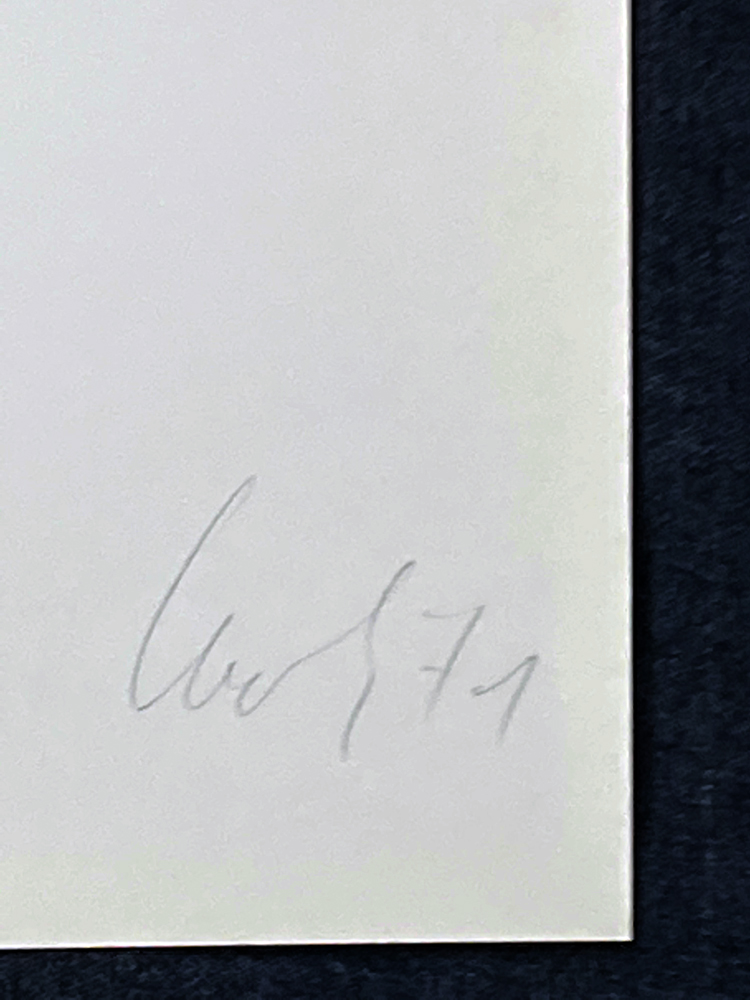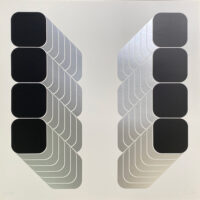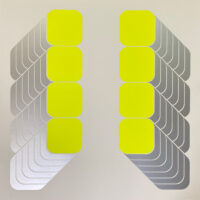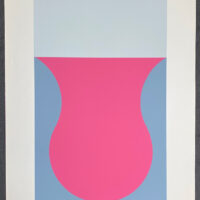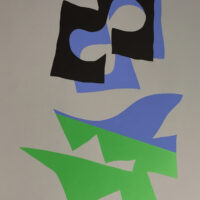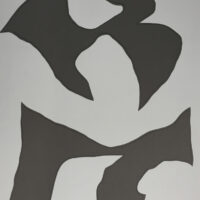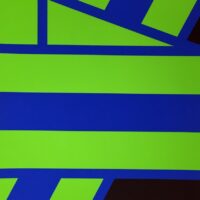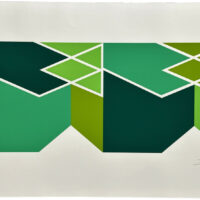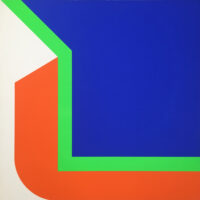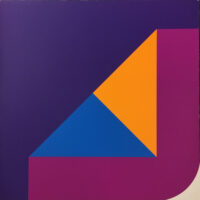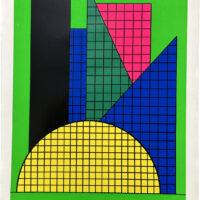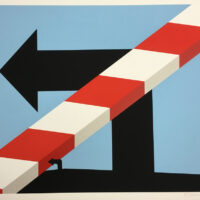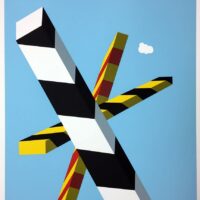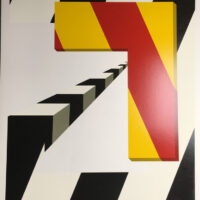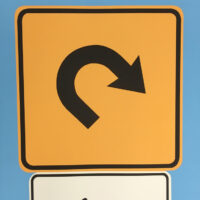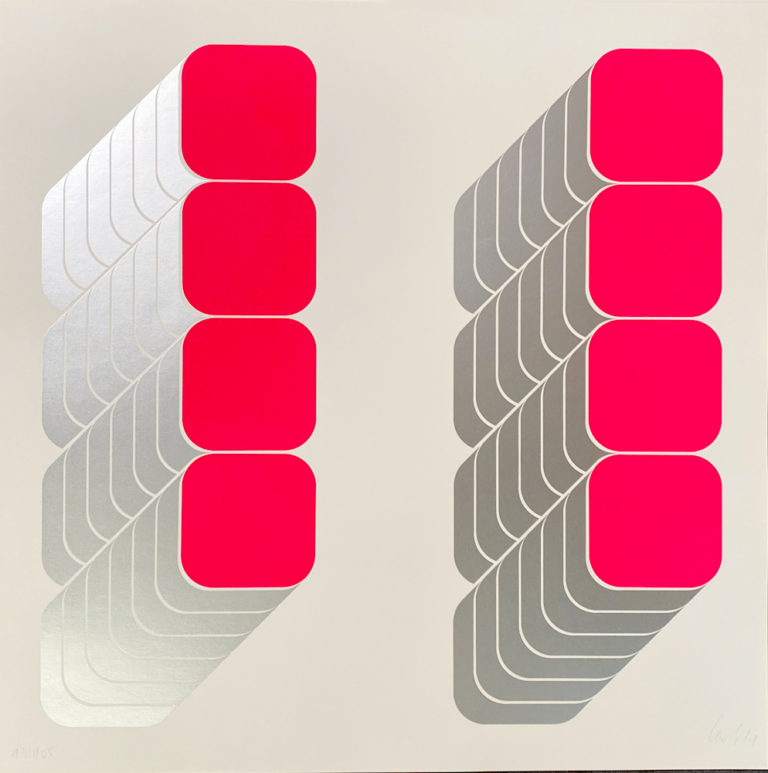Description
German sculptor, born in Berlin. Moved in 1944 to W-4rttemberg. Studied stone-carving briefly at the Stuttgart Academy. From 1953 worked independently as a sculptor. Began by making very stylized figurative works, then sculptures resembling ruined, burnt-out buildings or landscape forms like stalagmite miniature-mountains growing out of the base. First one-man exhibition at the Galerie Boukes, Wiesbaden, 1958. After a phase in which he combined different materials in one work (glass, metal, concrete, ceramics, wood), he began in 1964 to build his sculptures out of layers of flat metal or wooden plates, combined to produce the illusion of a larger volume. Made for the 1969 Nuremberg Biennale a room sculpture which the visitor could enter. Represented Germany (with Mack, Phaler and Uecker) at the 1970 Venice Biennale.
